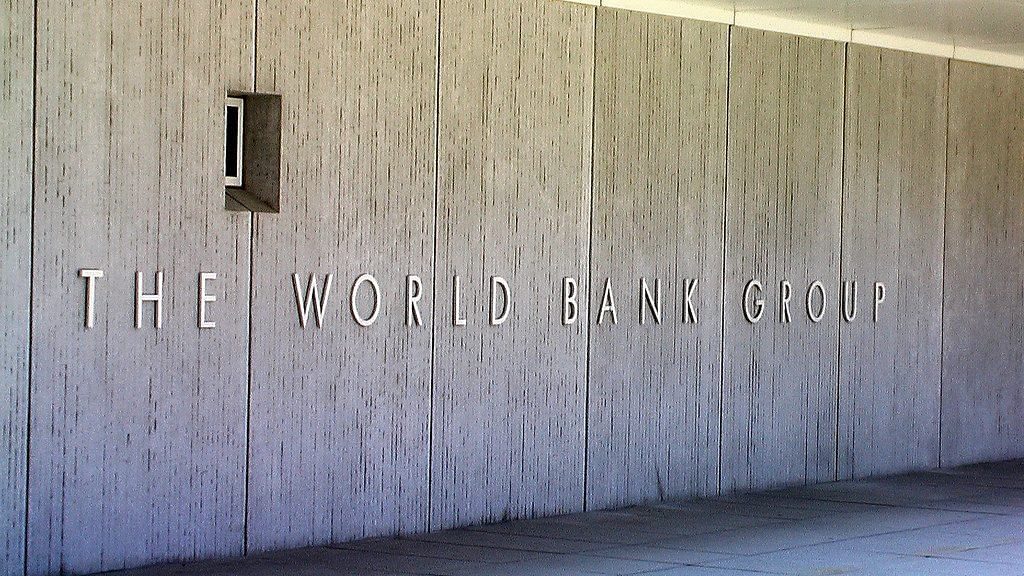Chhattisgarh and Madhya Pradesh to be the worst affected, with a severe fall in living standards, says report.
New Delhi: Climate change could cause a dip in India’s GDP by 2.8 per cent, or $1177.8 billion, by 2050, a new World Bank report has predicted.
The report released Thursday says central Indian states like Chhattisgarh and Madhya Pradesh will be the worst affected by climate change by 2050, and their population will face more than nine per cent decline in their current living standards.
Rajasthan, Uttar Pradesh and Maharashtra will also see a severe impact of climate change. The Vidarbha region in Maharashtra will be home to seven of the 10 districts most affected by the phenomenon.
The report, South Asia’s Hotspots: The impact of Temperature and Precipitation Changes on living standards, predicts that increasing temperatures and erratic monsoon patterns will impact the lives of about 600 million Indians who reside in areas identified as ‘climate hotspots’ — defined as areas where the impact of climate change on living standards is expected to be the most severe.
Climate hotspots may see an 11-12 per cent dip in living standards, measured in terms of consumption expenditure.
The impact
The report warns that India will witness a rise of 1.5°C to 3°C in temperature and the worst-affected will be those involved in agriculture, if adequate measures aren’t taken to curtail climate change.
The temperature change will also have an adverse impact on health, leading to more and newer diseases and will have severe implications on workers’ productivity.
The report also analysed other South Asian countries, such as Pakistan and Bangladesh, and found that areas identified as climate hotspots were often vulnerable in terms of socio-economic parameters. These rural regions were mostly found to be water-stressed with minimal access to electricity and roads.
“In Bangladesh, Cox Bazar is likely to be severely affected. Cox Bazar recently saw an influx of Rohingya refugees making it a climate and social hotspot. In India, the Vidarbha region of Maharastra has recently witnessed an agricultural crisis,” said Muthukumara Mani, the author of the report and lead economist in the South Asia Region of the World Bank.
Mani said all nations should strictly adhere to the Paris agreement and suggested that India ‘push’ for it, failing which the impact of climate change would be irreversible.
The road ahead for India
The Indian government needs to re-prioritise, adopt a more focused approach to climate change, instead of ‘spreading its resources’, Mani told ThePrint.
“It was really interesting that central parts of India came out as climate hotspots, nobody talks of these states as climate hotspots. People always think of coastal areas — Mumbai, Chennai, Kolkata, whereas we feel that that the central parts are the most vulnerable ones,” he said.
The report emphasised that if India is able to work on reducing water stress, creating non-agricultural jobs and improve attainment of education by 30 per cent, the decline in living standards could be brought down by 1 per cent.
